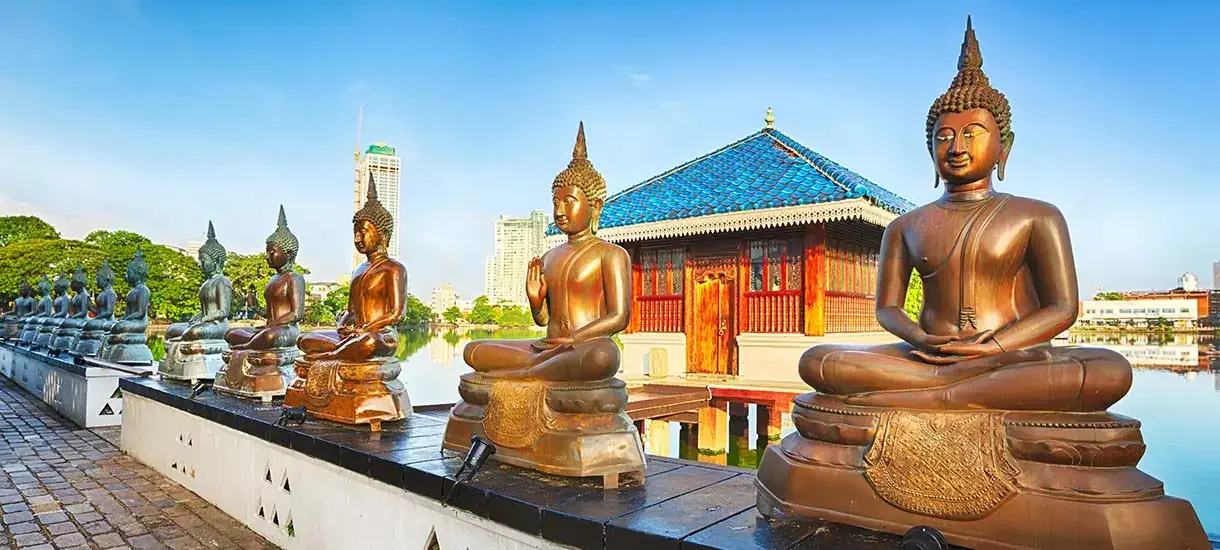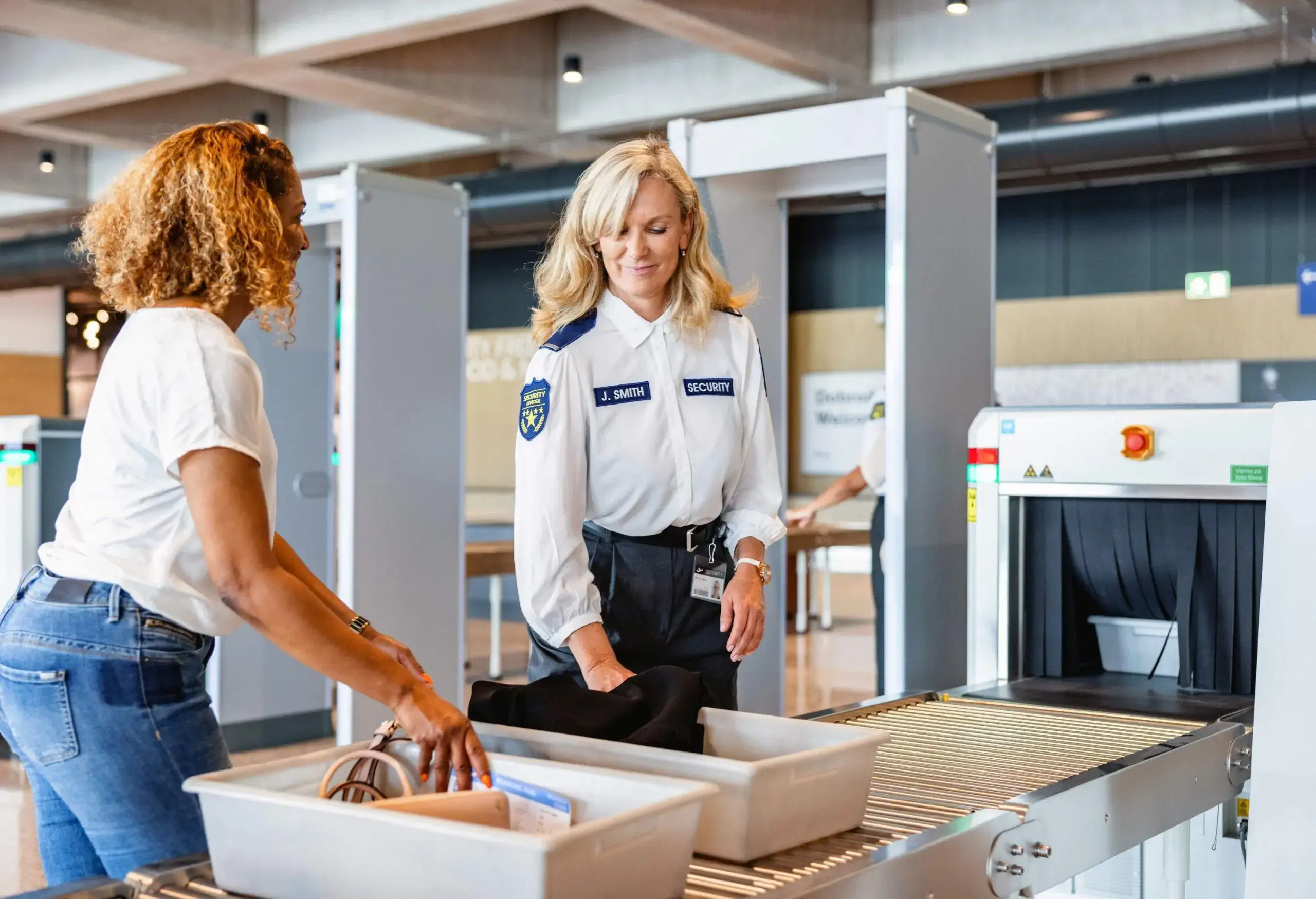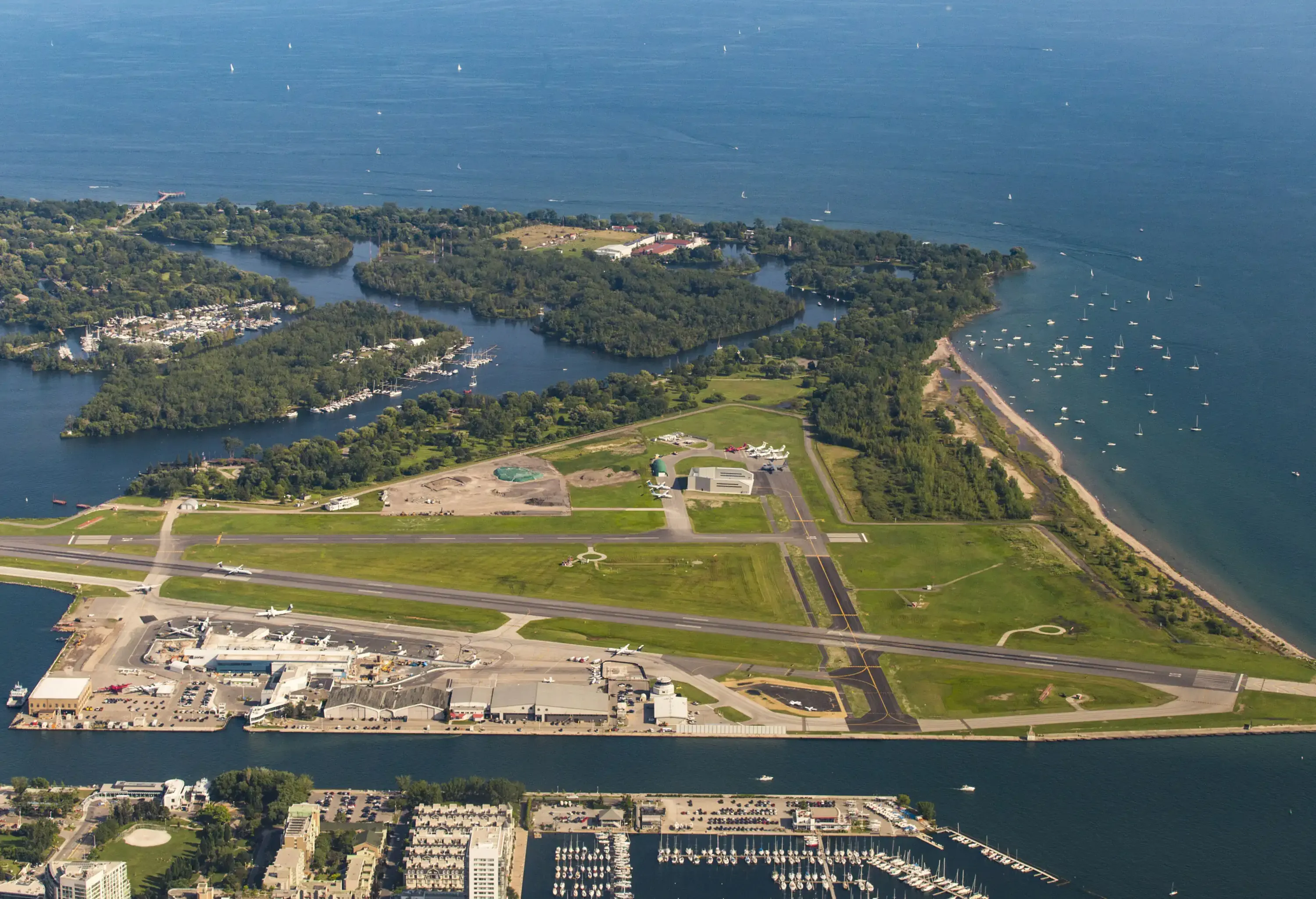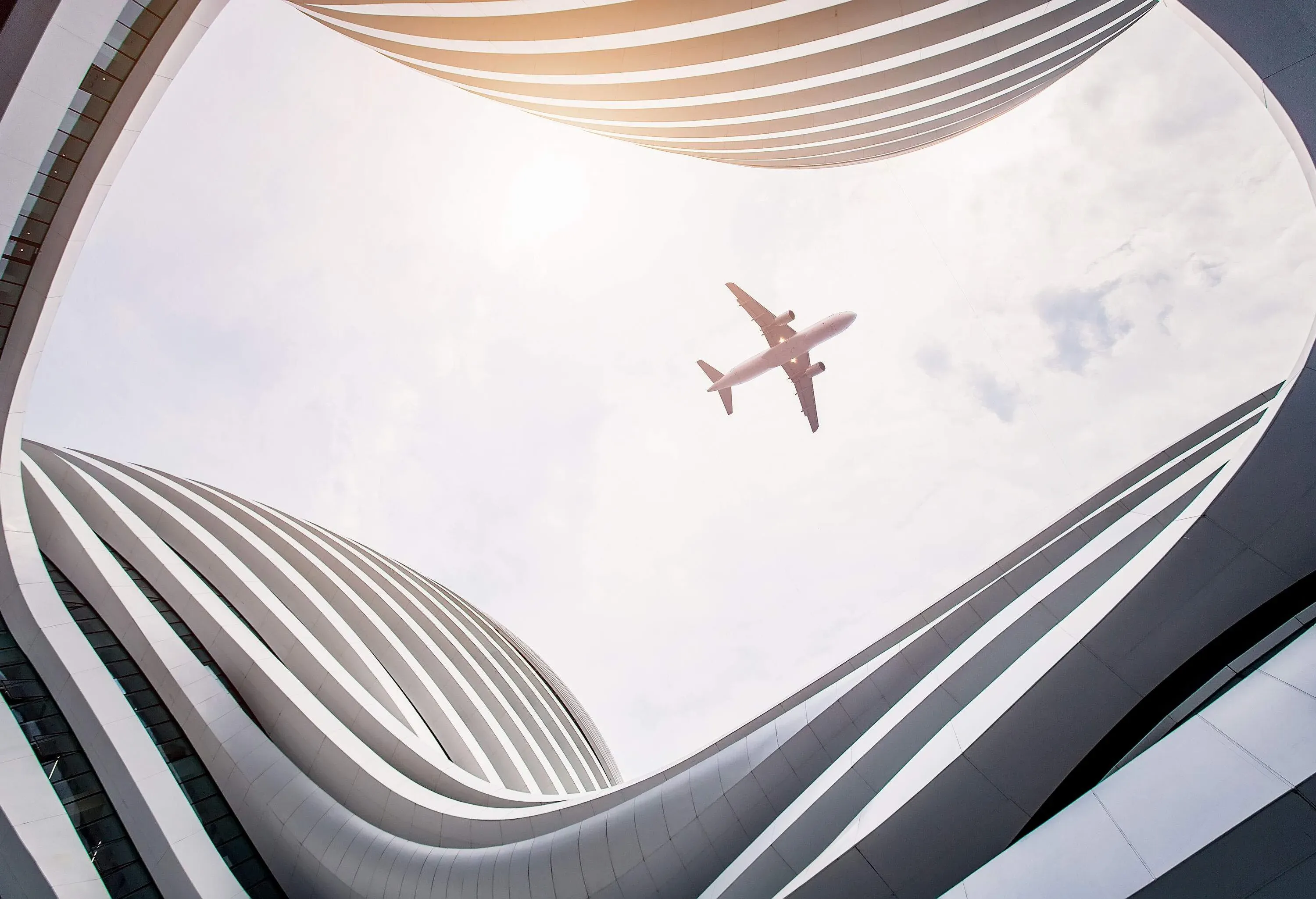The buzz surrounding Sri Lanka is reaching an all-time high. It’s attracting tourists intrigued equally by the more-established beauty spots and the hidden gems found off the beaten path. Maybe that’s why it was named one of our top beach destinations in our 2017 Travel Hacker Guide.
For a country roughly the size of Ireland, Sri Lanka boasts incredible eco-diversity and a rich history. Plus: those stunning beaches. Since the end of its civil war in 2009, tourism has sky-rocketed and shows no signs of slowing down.
Here’s what to know about visiting the island:

How to Get Around
To truly experience Sri Lanka, it’s important to make the most of public transport. They encompass the full span of unorthodox and quirky to exhilarating and downright terrifying. Let us explain: The tuk-tuks (essentially a cross between a tricycle and golf cart) clogging the country’s busy highways can be a bit of a lottery. Most are unmetered, meaning you’ll need to work on your bargaining skills to get a decent price locked down before the journey begins. Otherwise, most hostels and homestays will have a driver or two on call to zip you around on short notice. Bonus: some drivers will offer half and full day tours of local sights.
The local bus services are outrageously cheap – even the fancier air-conditioned services you find on the more tourist-y routes. Just prepare your ears for top-of-the-line sound systems blasting out Sri Lankan pop at all hours.
That all said, it’s the country’s train system that ultimately wins over most visitors. Take a ride through hill country or on the Colombo-Matara line for stunning views of the coast.

Experience Ella
Ella is the highest point on a train line that links it with the colonial hangover of Nuwara Eliya and the former capital, Kandy. The line’s toy-town charm is still one of the main reasons for Ella’s popularity, but it’s worth sticking around for a night (or three) to enjoy the mountains. The village itself largely consists of decent hostels and restaurants on the main street, fringed by trails leading into the surrounding hills. The climate is generally milder than the scorching Colombo and beaches to the south, which makes the various hiking options even more inviting. Little Adam’s Peak, for instance, offers views that are worth the half-hour climb to the summit.

Explore Ancient History
As tourism in Sri Lanka takes off, it’s clear that some places are being unfairly hyped. Exhibit A: the historical – but underwhelming – city center of Kandy.
Instead, make a stop at The Temple of the Tooth. It’s part of a network of ancient sites that supposedly contain a tooth taken from the ashes of Buddha’s funeral pyre. Unsurprisingly, this is a big deal for both the devout and the simply curious, so plan for huge crowds and get there early.
Lankatilaka Vihara is a much calmer (but no less striking) site tucked away on the outskirts of the city. For a mere 300 rupees (about $2 – compared to the Temple of the Tooth’s $10), you can have a peaceful few minutes by yourself in the 14th Century temple.

Take a Pilgrimage (or two)
Kataragama Temple is actually a complex of smaller shrines and temples dominated by a large white Stupa structure found in Buddhist temples. This site is one of the most important pilgrimage sites for four distinct groups. Tamils Hindus, Muslims and the indigenous Vedda people all revere the site along with the Buddhist majority. This mix creates one of the most electric atmospheres found in Sri Lanka. During some festivals, the complex is turned into an explosion of color and noise.
As it gets dark, things get a bit more surreal. This atmosphere is amplified when you factor in skittish monkey troops and even the occasional painted elephant.
Hidden away on the other side of town is Wadasiti Kanda, around 1.2 miles north of Kataragama’s bus station. This Hindu temple is situated on top of a steep mountain lined with dense forest. While the shrine itself is aesthetically unremarkable, the views over Yala National Park make it worthwhile.

The Lion Rock
Climb up Sri Lanka’s most awe-inspiring secular spot. The “Lion Rock” settlement at Sigiriya was a monastery for much of its existence, but its “glory days” came 1500 years ago. That’s when a prince, Kashyapa, built a fortress on top of a 656-foot sheer-faced rock.
During his short reign, Kashyapa decided to turn one face of the rock into an enormous gallery covered in somewhat scandalous frescoes. They can be found along a terrace built halfway up the rock, just around the corner from the large lion paws carved into the main entrance of the citadel.
Be aware that like some other major sites in the “cultural triangle,” entry fees can come across as somewhat steep. The $26 ticket covers not only access to the rock fortress itself but also to the elaborate settlement ruins and museum by the entrance. Before you cringe, it’s worth mentioning that your ticket allows the site to remain free of charge to Sri Lankan locals. This helps generations feel a continuing sense of ownership over their culture and land.

The Undiscovered South
In the last few years, previously idyllic spots on the south coast like Mirissa have undergone rapid development. The pros are that tourists are now spoiled when it comes to affordable beachfront eateries and bars. However, the cons include an almost constant stream of techno music throughout the day.
Doesn’t sound appealing? All is not lost. Tangalla Bay is a somewhat secluded spot, with Marakolliya Beach taking up its eastern flank. The often powerful waves along the shoreline are off-putting to families and surfers alike, so even in high season, the area is unfrequented by visitors. Even better — North of the beach lies a lagoon surrounded by homestays and restaurants which offer some of the best seafood on the island.
Better get there fast.
There is so much to explore on this small island in the Indian Ocean. For all of its frenetic energy, moments of peace can be found. Prepare yourself for the trip ahead (we’ll help).
Header Image Attribution: Khoroshunova Olga/Shutterstock.com






